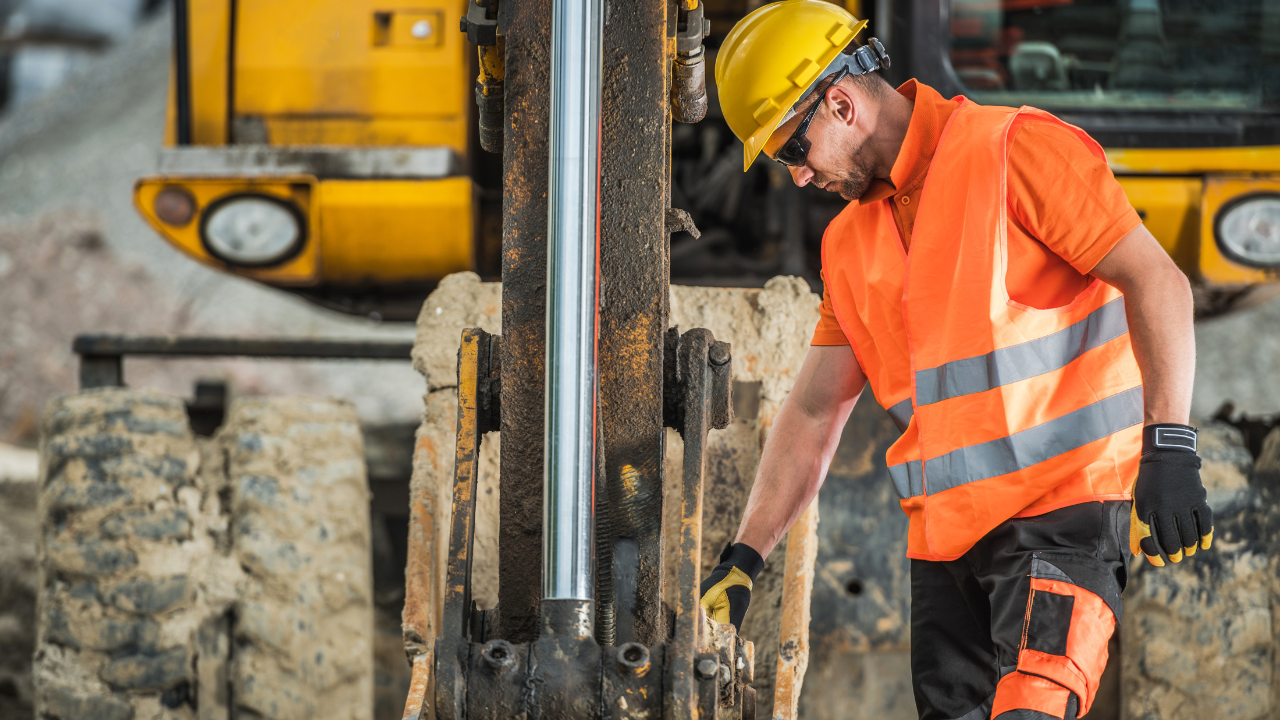
Key Takeaways
Today, much of the vital infrastructure that powers our lives is buried underground. Gas lines, water pipes, and fiber optic cables are vital. They keep our cities running smoothly. But, before any construction or digging, it's critical to know the location of underground utilities. That’s where vacuum excavation comes in.
This non-invasive technique has revolutionized how we find underground utilities. It is a safer and more precise alternative to traditional digging methods. Vacuum excavation safely and accurately exposes buried utilities. It ensures that infrastructure projects don't damage critical below-ground services
Now, let’s explore in detail how vacuum excavation works and why it has become an essential tool in underground utility locating services.
Before learning about vacuum excavation, you must know its purpose. Utility locating is very important. Beneath our feet are networks of underground utilities: gas lines, water mains, electric conduits, and telecom cables. These hidden systems support daily services. Damaging them can have serious consequences. Striking a gas line could cause explosions or fires. Cutting a fiber optic cable could lead to costly outages.
This is where accurate utility locating becomes crucial. It ensures that construction projects avoid hitting these underground systems. By using advanced methods like vacuum excavation, contractors can safely expose buried utilities without damaging them. Now, underground utility locating services widely prefer this method. It reduces the chance of accidents and the costs of repairs and service interruptions.
Underground utilities are diverse. They include water pipes, sewage systems, power lines, and cable TV. Each of these systems is critical to the operation of homes, businesses, and public services. These networks are complex. So, it's vital to locate them for any excavation or construction project. Without accurate utility locating, workers risk damaging systems. This can cause dangerous and costly incidents.
Vacuum excavation works by using either pressurized air or water to break up soil before a powerful vacuum system removes the loosened material. This method lets workers expose utilities with great care and precision. It avoids the risks of traditional digging tools like shovels and backhoes.
The process starts with a specialized vacuum truck parked near the excavation site. A trained operator uses a hose equipped with a nozzle to direct pressurized air or water into the ground. This loosens the soil around the buried utility. Once the soil is loosened, a vacuum system sucks up the material and deposits it into a debris tank for later disposal. This step-by-step process is efficient and minimizes the chance of damaging the utility.
Key components of vacuum excavation include:
There are two main methods of vacuum excavation: hydrovac and air excavation:
Pick between hydrovac and air excavation. It depends on soil type, environmental concerns, and project needs.
Vacuum excavation is now the top choice for utility locating in California and Arizona. It has many advantages over traditional digging methods.
Traditional excavation methods, such as using backhoes or hand tools, can be invasive and risky, often leading to unintentional damage to underground utilities. Vacuum excavation, however, is minimally invasive. It uses controlled air or water pressure to loosen soil. This precisely exposes the utilities without disturbing the surrounding area.
Safety is another significant benefit. Vacuum excavation greatly reduces the risk of hitting live utility lines, like gas or electrical lines. This not only protects workers but also minimizes the risk to public safety. Also, vacuum excavation is very precise. It improves the accuracy of locating underground utilities. It ensures they are uncovered without guesswork.
Vacuum excavation needs specialized equipment and trained operators. But, it often costs less in the long run. This is because there is less risk of damaging utilities, which can lead to expensive repairs and project delays. In the end, vacuum excavation saves time and reduces accidents. It speeds up project completion.
Vacuum excavation is widely used in a variety of projects due to its efficiency and safety. Here are some of its most common applications:
One of the primary uses of vacuum excavation is for utility installation and repair. When workers need to expose buried utilities for maintenance or to install new lines, they can use vacuum excavation. It safely uncovers the infrastructure without damaging it.
In addition to utility work, vacuum excavation is used in:
Vacuum excavation is a non-invasive method. It uses air or water to loosen soil. A vacuum then removes the soil. This exposes underground utilities without damaging them.
Unlike traditional methods, vacuum excavation is precise. It reduces the risk of damaging underground utilities. This makes it safer for workers.
The choice depends on the project. Hydrovac works better on compact or frozen soils. Air excavation is best for dry, sensitive areas, like near electrical lines.
Vacuum excavation may cost more at first. But, it is often cheaper in the long run. It causes fewer utility strikes and completes projects faster.
Yes, vacuum excavation is very effective in hard-to-reach areas. Traditional methods may not work there.
Today, underground utilities are vital to our lives. So, we must ensure their safety during construction. Vacuum excavation is a precise, non-invasive, and efficient way to expose these utilities without damaging them. For new infrastructure, repairs, or environmental cleanup, vacuum excavation is best. It is the safest and most effective solution.
Contact Bess Utility Solutions to request a quote today to learn more about how our vacuum excavation services can benefit your next project!